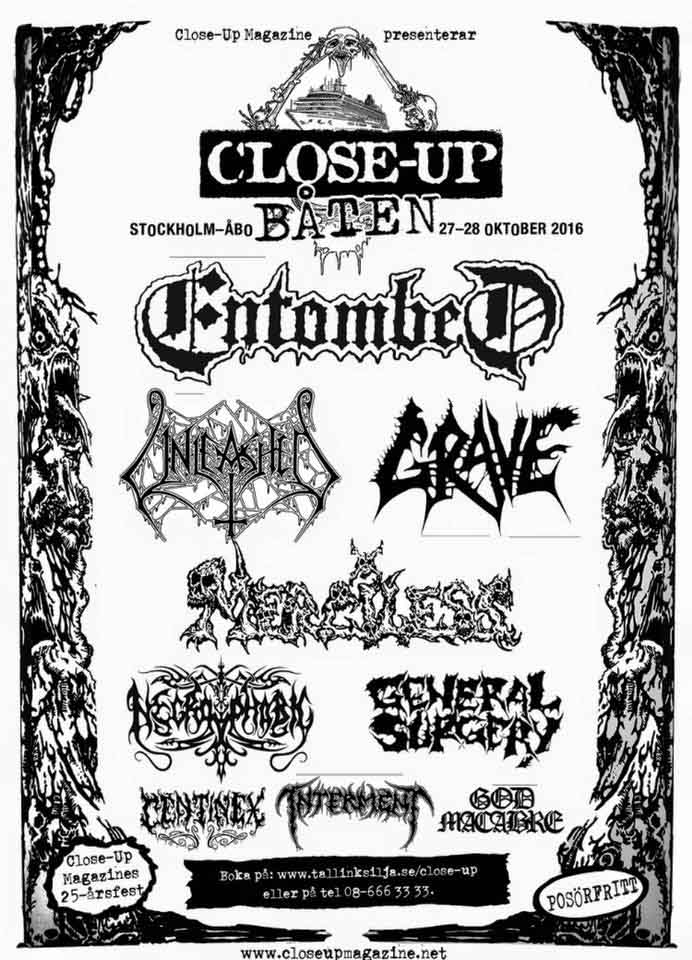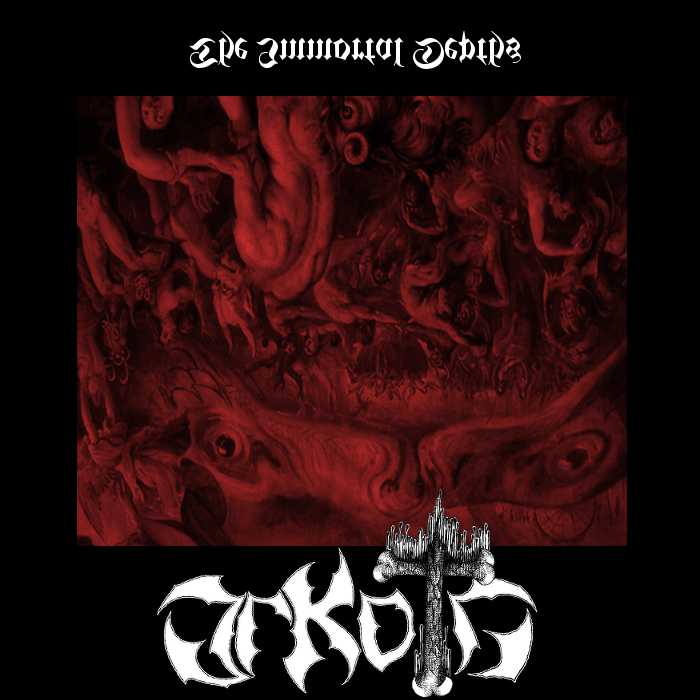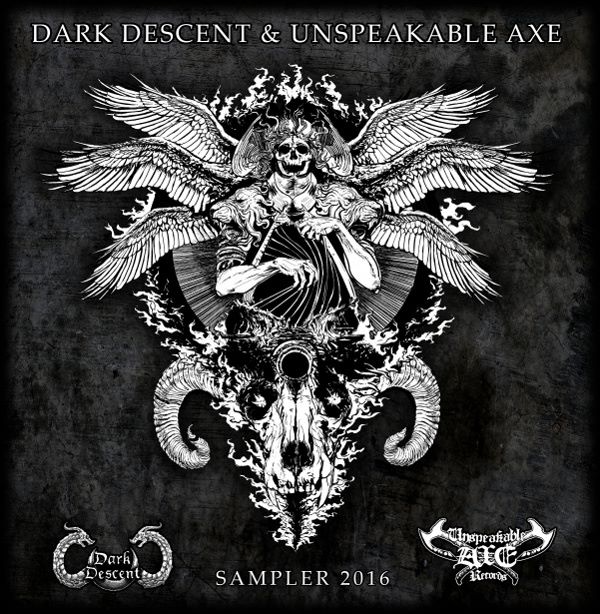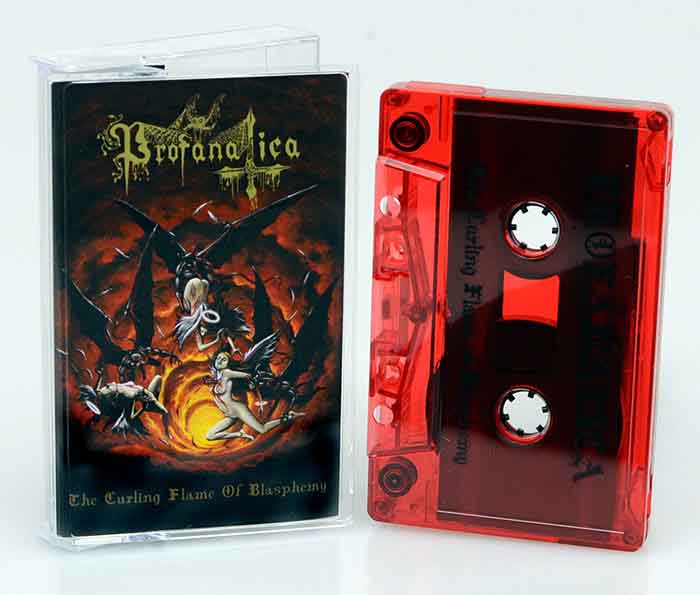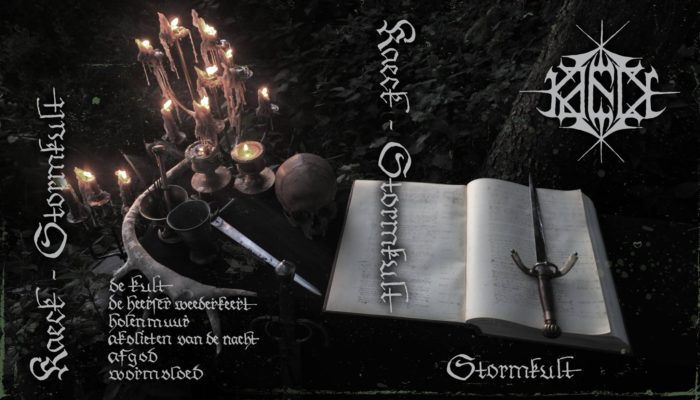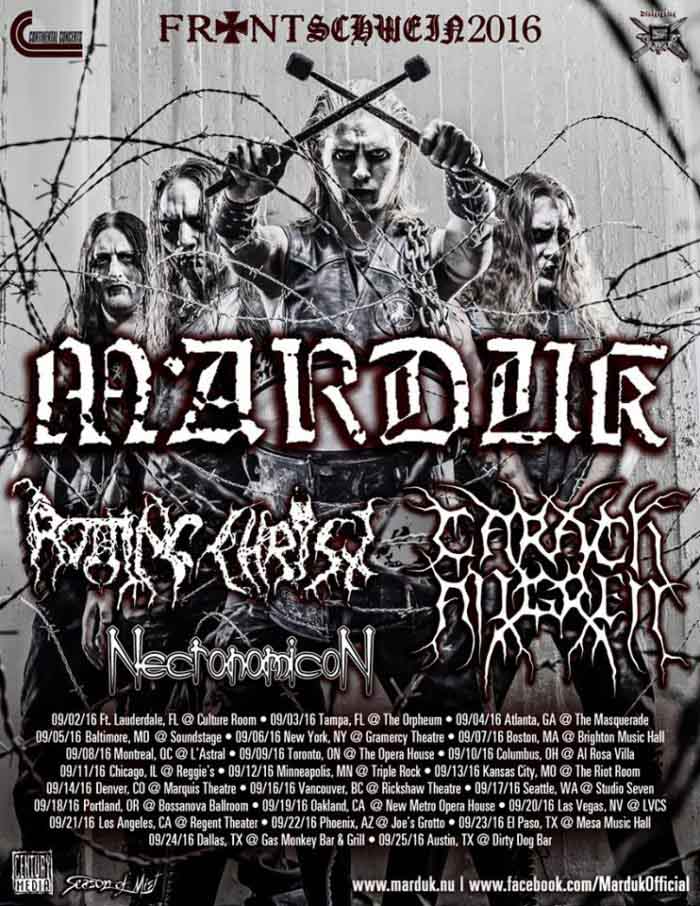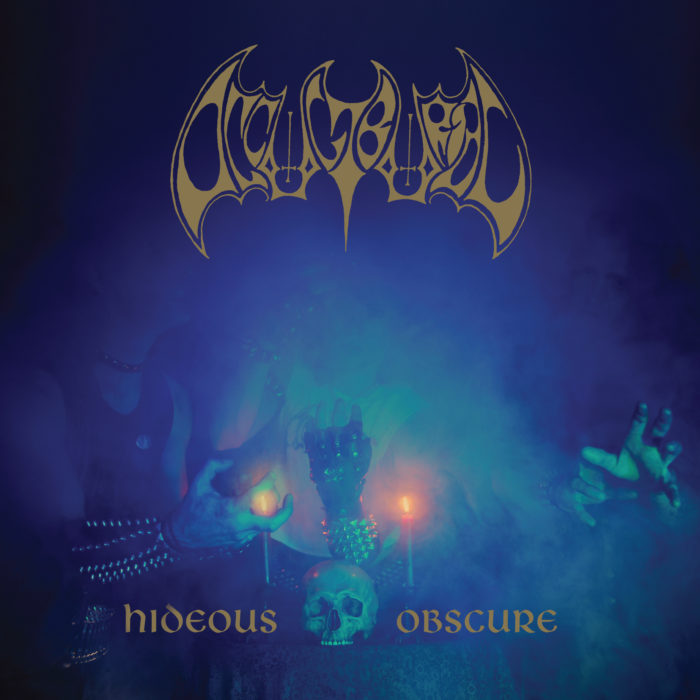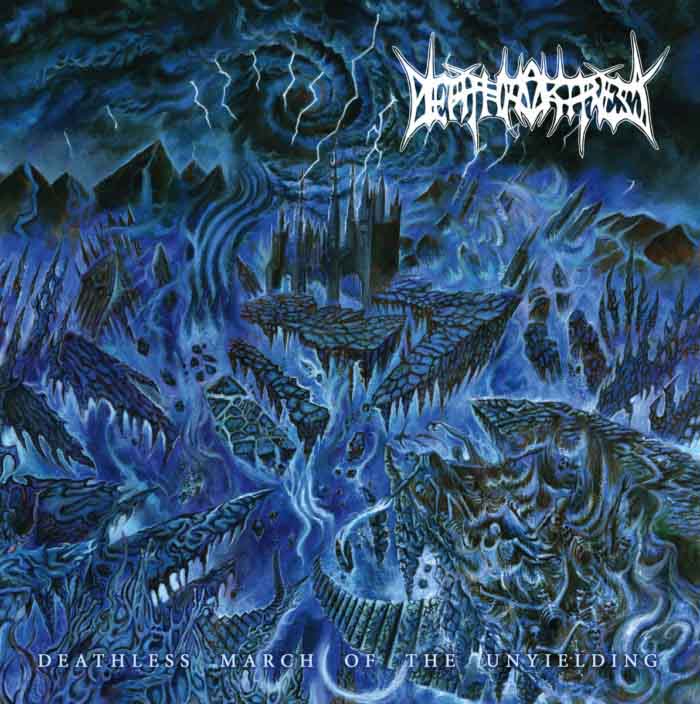
Article by David Rosales.
We often use the term underground following the multiple discussions of underground extreme metal started on Death Metal Underground by Brett Stevens himself. Conceptualizing it here would be redundant and confusing. Instead, we might benefit more from brainstorming that allows for the reveling of authenticity that so characterizes underground music. What we are interested in here is not metal only, or metal as a whole, but rather metal as conducive to realization, breaking of false boundaries, destruction of a false mainstream, doing away with a useless society, and a contempt for a decadent civilization that through negation is blind to its own fatality.
The answer is not in this or that genre, in formal philosophy, or in the bare findings of the scientific establishment, but in their use in service of individual discernment. Music itself, if taken as more than mere sensual distraction, is the intuitive way leading to the shattering of illusions perceived through the senses, instigated by the mundane. This is not mere sophistry,; its most practical result is that in the abstract realizations thereof the mind is free to challenge what before appeared as commandments written in stone. Reality does not belong to anyone; truth is a quest.
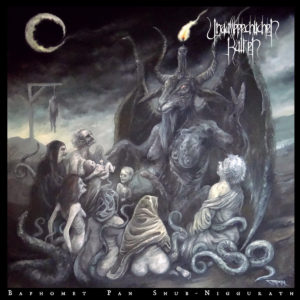
Unaussprechlichen Kulten – Baphomet Pan Shub-Niggurath (2014)
The tumultuous death metal of Unaussprechlichen Kulten captures the rawness of exploring black magic in darkness upon the listeners mind. What is significant about the interest of metal at large in what is hidden, what is occult, is not the morbidity alone, although that is the explanation that even luminaries may conjure and the only one that the rabble may consciously understand. The open door to asocial darkness, to inhumanity, to disintegration, is the contrast between ephemeral and the immanent. However, facing this burning darkness is also a voluntary act: it lies beyond good and evil, where the primal breath of the whole that puts our non-divinity into perspective. Here, the old school death metal expressions within free structures that never overextend and are perhaps inconclusive, nevertheless represent a perfect introduction to an energetic flow of destruction and consumption.

Sorcier des Glaces – Snowland MMXII (2012)
A well-deserved update of Snowland, Sorcier des Glaces’ Snowland MMXII shines with self-attenuated glow, hiding vibrant vitality. This is the course of nobility after or through darkness. Sorcier des Glaces takes us to the essence of black metal as post-nihilism. What some would confuse with empiricism or mere scepticism, but is in reality free transcendentalism following death, complete nihilistic destruction. The dark light emanating from image and action, from reality and unreality, the delight beyond sensuality in the universe as it is as perceived imperfectly as we see it in the thousand ways in which we tune in to it.

Isa – Отход на закате [Departure at Sunset] (2015)
Risking death by lynching, I’ll introduce this rather inconspicuous and only vaguely metal album as the culmination of this discussion. This lies more in the realm of ambient and is liable to be confused with post-rock when seen from a certain angle. Departure at Sunset captures the naturalist side of metal in a stronger way than do most these days. This is done in perhaps an extreme way that does not befit the always-hidden, the underground spirit of metal. That is, there might be too much sunshine in this for the traditional underground, so that it might seem counter-intuitive for some to see this as more authentically revealing than what sounds traditional. But the trademark old school sound has been hijacked for a long time now, it has been commercialized in what is almost a counter-spell to its original black conjuration. The truth seems to emerge, then, in the opposite, sunlit, ice-clear sounds of this ambient metal that transports us to Siberia as the antithesis to the modern world.
31 CommentsTags: Baphomet Pan Shub-Niggurath, Black Metal, death metal, Departure at Sunset, Isa, Snowland MMXII, sorcier des glaces, unaussprechlichen kulten, underground death metal, underground metal, underground music, Отход на закате
